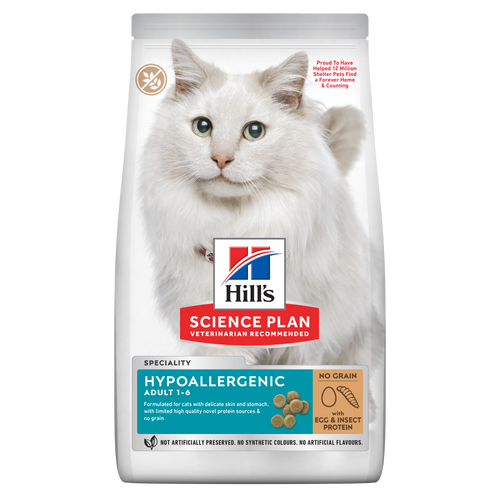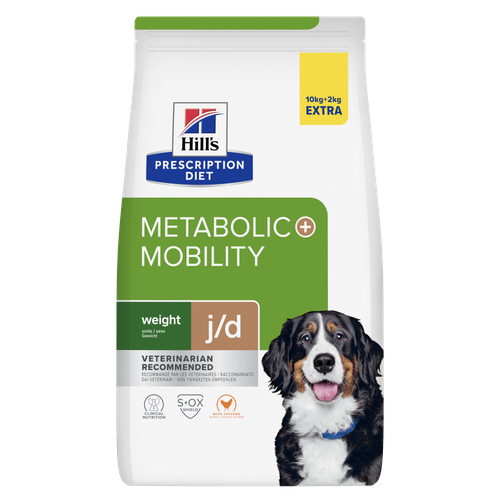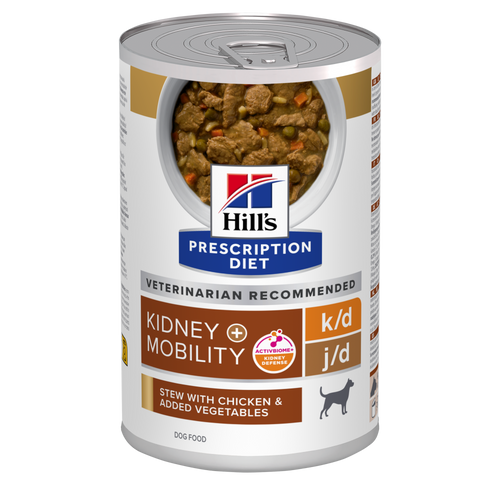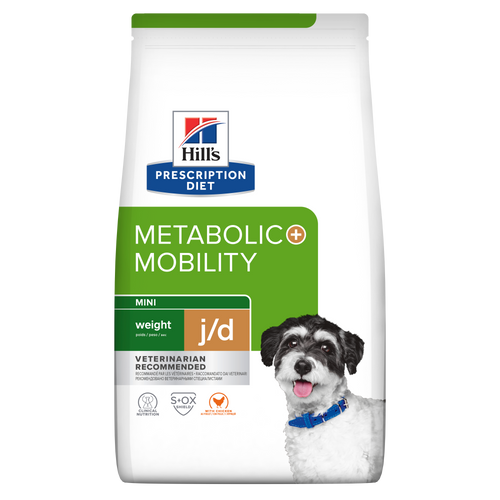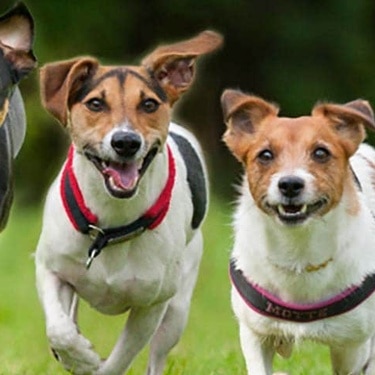Joint care for dogs
Joint care for dogs
Does your dog have stiff joints?
“Stiff joints” is a general term for changes in the joint caused by normal or abnormal wear and tear. Because your dog’s joint pain directly impacts their mobility and how well they’re able to get around, it can have a serious effect on your dog’s quality of life.
For dogs who have stiff joints, the cartilage (the tissues that “cushions” the joint between the bones) is worn away faster than it is replaced. For example, when the cartilage in a dog’s hip joint wears away, mobility decreases, while pain and disability progressively develop. Although stiff joints are not curable, it is possible to improve joint health in your dog with nutrition and exercise.

If you notice any of the following warning signs of joint pain in your dog, then they may be suffering from stiff joints, and you should consider scheduling a consultation with your veterinarian.





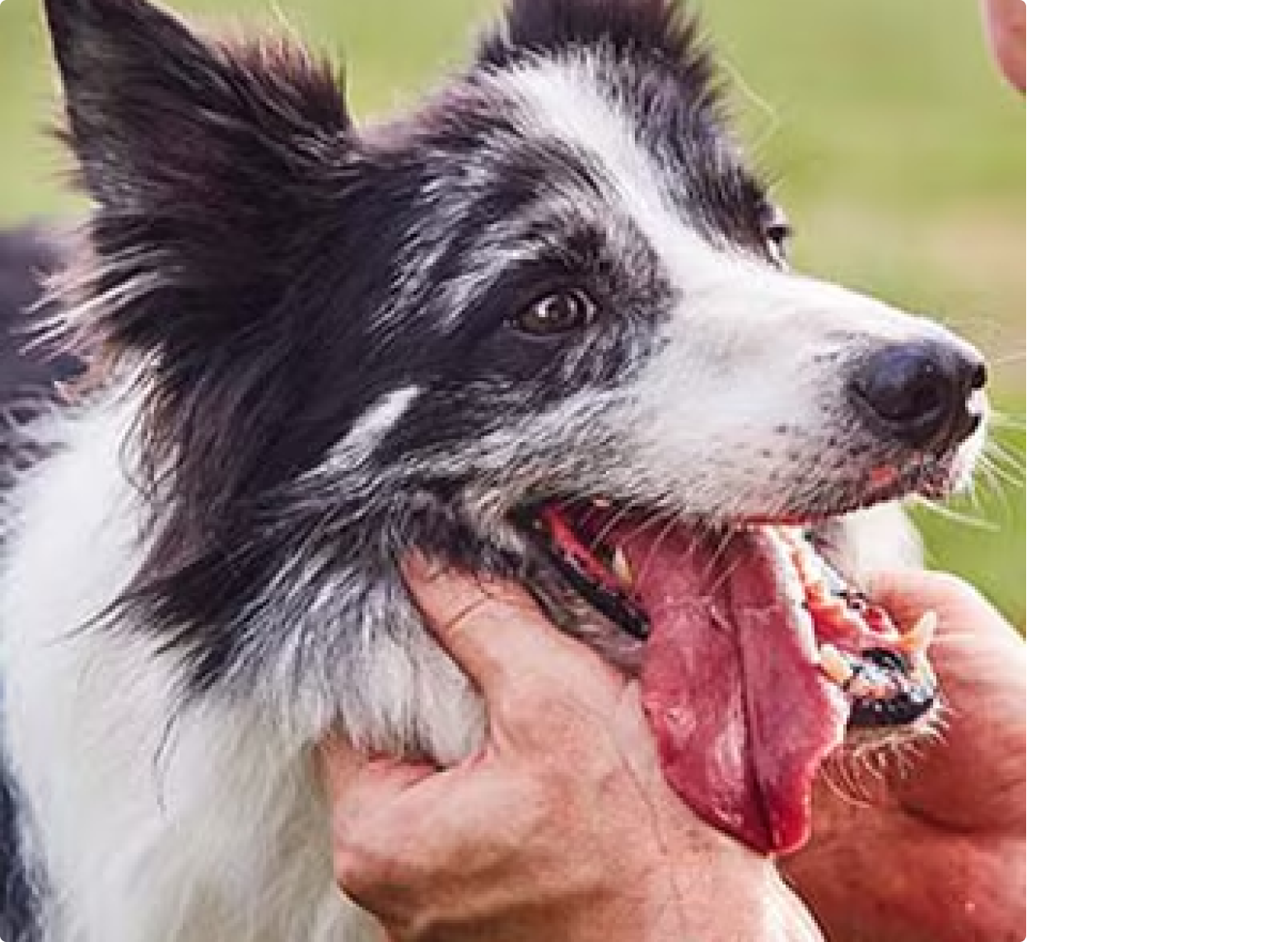
Joints and exercise
Gentle exercise is extremely good for your dog. Not only will it help keep their joints moving freely, but it will help them stay at a healthy weight and keep excess stress off their joints, which are important to their overall joint health.
The key is to control the amount of exercise, so your dog does not overexert their joints. Given an open space, your dog will usually happily run and run until they can’t any more, due to energy or the way their joints feel, and they may pay the price in terms of pain and limping. But by allowing a little bit of running and then putting them back on their leash for a while and taking a gentle stroll, you can control the exercise and let your dog get enough of a workout to burn off energy and keep joints mobile without causing damage.
Always remember, if you’re worried about your dog getting more exercise than is beneficial, your veterinarian will be happy to advise you a sensible canine exercise regime.
Joints and exercise
Gentle exercise is extremely good for your dog. Not only will it help keep their joints moving freely, but it will help them stay at a healthy weight and keep excess stress off their joints, which are important to their overall joint health.
The key is to control the amount of exercise, so your dog does not overexert their joints. Given an open space, your dog will usually happily run and run until they can’t any more, due to energy or the way their joints feel, and they may pay the price in terms of pain and limping. But by allowing a little bit of running and then putting them back on their leash for a while and taking a gentle stroll, you can control the exercise and let your dog get enough of a workout to burn off energy and keep joints mobile without causing damage.
Always remember, if you’re worried about your dog getting more exercise than is beneficial, your veterinarian will be happy to advise you a sensible canine exercise regime.
Choosing the right dog food for joint health
The food your dog eats can also influence their joint health and mobility. Balanced nutrition is an essential part of an active, healthy lifestyle for dogs. If you’re concerned about your dog’s joint health, ask your veterinarian about Hill’s Prescription Diet j/d.
Choosing the right dog food for joint health
The food your dog eats can also influence their joint health and mobility. Balanced nutrition is an essential part of an active, healthy lifestyle for dogs. If you’re concerned about your dog’s joint health, ask your veterinarian about Hill’s Prescription Diet j/d.






